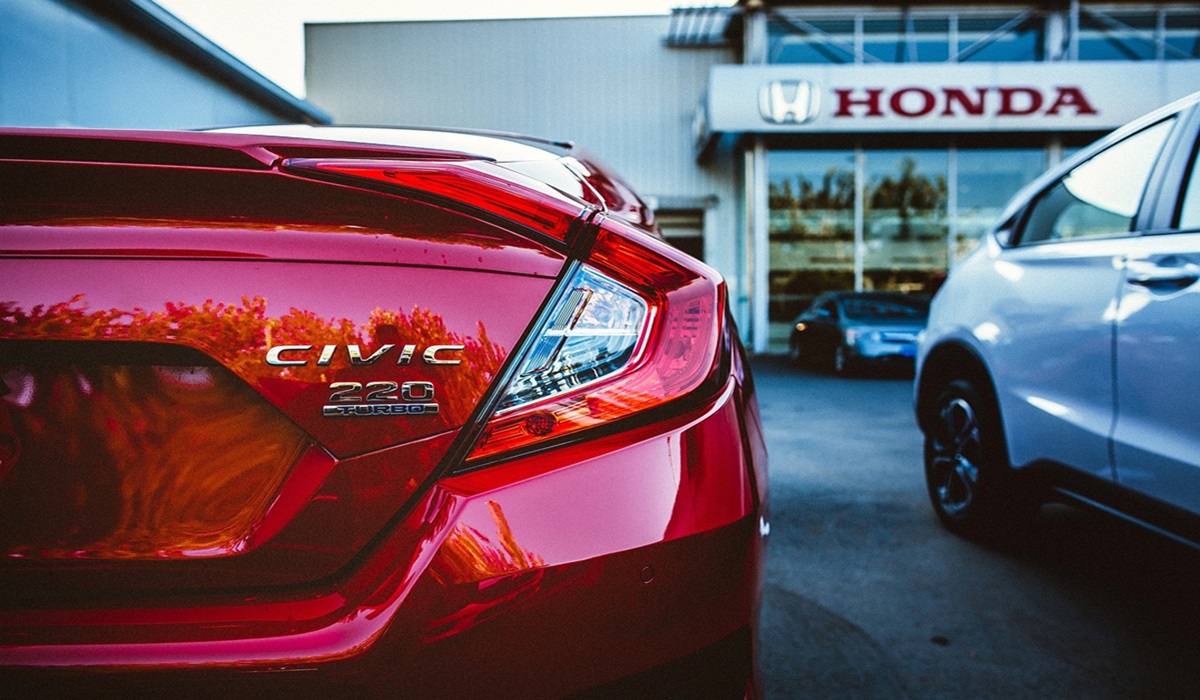While in some industries, mistakes are inexpensive to fix, this is not the case in construction. Tearing down a wall, reducing a chance of a collapse (and property damage with potential casualties), and an expensive lawsuit are just some of the outcomes of low-quality construction work. With all of this in mind, it’s more than clear that quality assurance is of the utmost priority in this field.
Now, quality assurance is needed by everyone. The contractor needs it in order to ensure that everything is going according to plan. The investor needs it in order to rest assured, knowing that their money’s safe. Even the staff needs it, seeing as how it ensures their safety and reduces the number of potential corrections. So, how do you actually improve quality assurance in construction? What is the use of quality assurance checklists? How do you make such a checklist? Let’s find out!
What is a quality assurance checklist?
There are several reasons why quality assurance checklists are so important. First of all, due to the fact that in the construction industry, things are so well structured, it’s a lot easier to make a comparison table. This way, you have uniform inspection criteria in order to get a more objective evaluation of just how well-executed the different stages of construction are.
An investor usually has a list of requirements that the contractor needs to fulfill, and the only way for this to be established is to have measurable parameters. These parameters also need to be compared to established industry standards, and the measurements need to be conducted by people with enough experience in the field. This is why the inspectors are as important as the template itself (perhaps even more important).
The best thing about these quality assurance construction checklists is that they’re cloud-based, which makes them accessible at any point in time. The biggest challenge with old-school (paper-based) checklists and assurances were the fact that they weren’t always within your reach. This way, you have them available on-demand.
What are the five essentials of a quality control checklist?
The next question is about the elements of a good quality control checklist. The problem here lies in the fact that it may vary from one industry to another.
The essentials of the quality control checklist are:
- Product requirements
- Packaging requirements
- On-site product tests and checks
- Defect classification
- Collaboration between QC and the rest of the parties involved in the project
Now, these are the five elements of quality control regardless of the industry, and in construction, things are a bit different. The last point, for instance, is far more complex, seeing as how, on every single project, you’re working with multiple subcontractors and suppliers.
Then, defect classification makes a world of difference since, when working with structures and infrastructure, defects can lead to critical failures and even put lives at risk. Also, here, defects are quite expensive to fix, which makes it all an even higher priority.
Crucial QA factors in construction
In construction, on the other hand, there are numerous factors affecting quality management in construction. For instance, a complex design often depends on a large number of craftsmen as subcontractors, which further complicates both the timetable of the project and the hierarchy. This is just one of the examples, but there are numerous other factors that have a chance to make things more difficult. For instance:
- Supplier failures
- Lower quality of materials (than expected)
- Poor project management
- Miscommunication
- Ignored audits and testing
The reason why a checklist is so important is due to the fact that it helps keep you on track. Just one of the above-listed factors is enough to ruin your project, and a checklist will reduce the chance that you overlook something so vital.
How do I write a QA/QC report?
Your first objective should always be specified as the goal of your quality assurance report. Next, you need to conduct extensive testing but also establish a methodology. In order for any survey to give a valid result, it’s essential that you figure out the right approach.
There are a couple of tips you should follow in order to develop the best practices for your quality control report. For instance:
- Keep it short. Including hundreds of pages of description will just water down your finds and no one will have the patience to go through all of it.
- Focus on the most common issues. If the list is too long, the inspection will take too long. Not every single one of your inspections needs to examine every single aspect of the construction. Taking this approach seems just too excessive.
- Remember whom you’re writing it for. Keep in mind that this report will end up in someone’s hands. By going too wide or not being specific enough, you risk creating an unintelligible report. Once again, the point is not to make a report but to raise awareness.
- Checkboxes are incredibly efficient. Having a simple passed/failed system will be easy to understand and act upon. The same goes with any kind of graphic representation like charts, data tables, or even including images in the report.
- Proper use of language makes the report easier to understand. As we’ve already stated, the use of ambiguous language is likely to cause problems and misunderstandings.
By sticking to these principles will already increase the quality of your report and boost its effectiveness. In other words, the results will be far more impressive.
What is the purpose of a quality checklist in project management?
The quality checklist has a huge role in ensuring a consistent inspection process, which, in turn, results in a quality end product.
- It is also there to ensure that all the documentation is kept safe. It’s not just about keeping records. It’s also about legal liability and protection.
- All the raw data harvested in this process can be repurposed and used to improve future construction processes. Since all the data is harvested automatically and kept in the cloud (which means that it doesn’t occupy physical space), there are virtually no limitations in this regard.
- In the future, this will become even more important. With the development of technologies like VR, it will be possible to collect pictures and measurements on-site and then review and evaluate them off-site. This kind of revolution, nonetheless, is still far from being widely used in the field.
Understanding all of these requirements (purposes) makes it so easy to figure out whether the checklist is actually efficient. A list that helps you do all of this is a good one, regardless of its form or format.
In Conclusion
In order to improve your quality control, you need to make it relevant, simple, and efficient. Checklists are especially great, seeing as how they’re both informative and give an accurate visual representation. All in all, understanding the real purpose behind a quality assurance checklist will help you become better at it.









